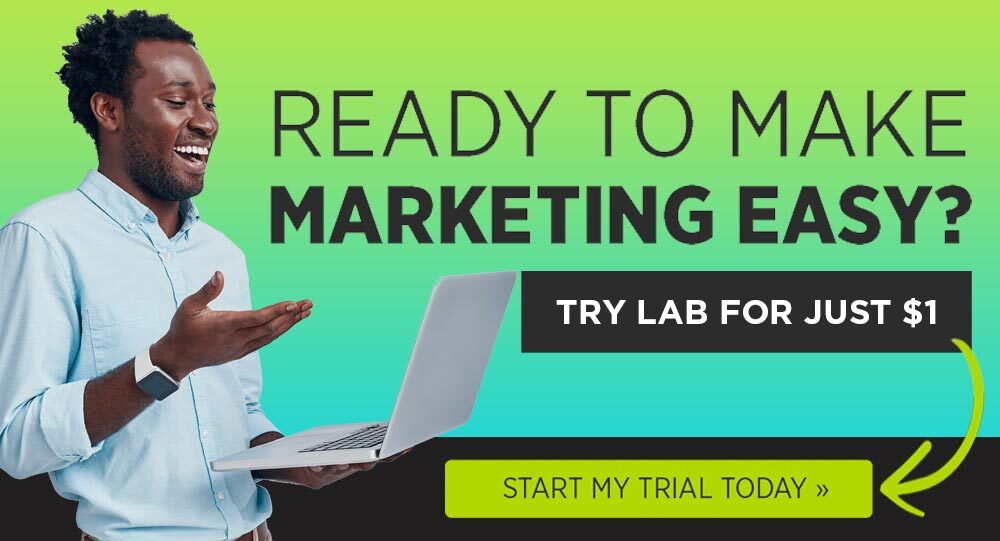
What’s Working with Cold Email Right Now—2020
October 2, 2020A great marketing tactic that is still working very well in many B2B industries today is cold email.
What is Cold Email?Cold email is sending relevant offers to targeted individuals through email, typically without you having any established relationship with the recipient.
Be cautious, as missteps here can classify you as SPAM, dumping your communication straight into the “Spam” folder.
When cold email is done correctly, and with empathy, it’s very possible to start up conversations that lead to sales.
It may make sense for you, or your clients, to have a low-and-slow cold email campaign running at all times. A few targeted outbound emails sent each day to a hand-picked list of targets is a great supplement to bring in prospects for B2B sales.
You’ll need a few things to be successful in cold email:
Qualified leadsSmart, relevant emailsThe right technologyA reasonable expectation of resultsPatienceLet’s get into it…
Lead IdentificationWhen you consider who would be a good prospect to mail, one of the best approaches I’ve found is to use Apollo.io (free for ~15 leads/month, with paid plans) to find similar companies to ones you or your client have serviced previously. For example, if your client sells machines to process metal, they may have sold to Marmetal Industries, LLC; a metal company just north of Philadelphia, Pennsylvania.
Inside Apollo, I can search for Marmetal. On the right-hand side, I see the industry, keywords and annual revenue of Marmetal:

With this information, I can click the industry (mining & metals), then add relevant keywords, such as “castings forgings.”
My results now show 4 additional companies similar to Marmetal:

Once I click on a company, such as “ALSTO”, I can look at the Employees listed.
The title of your ideal contact (such as “operations manager” or “purchasing manager”) may or may not be listed. Don’t worry if they’re not, you can still find their name and contact information!
Review their website. Check LinkedIn. Even call the number listed on the website and ask for the name and email address of the target you’re looking for.
Pro tip: You can sleuth the email address of the target, once you know their name, if you can find out the email naming convention used on the website. For example, they may use:
f.lastname@company.com — First initial, then a period, then the last namefirstnamelastname@company.comfirstname@company.com… etc.Using Apollo.io, you can “reveal” a few of the employees’ email addresses and confidently guess the email for your target.
Other tools to help you find similar companies and employees:
Seamless.ai – It’s similar to Apollo.io.
Hunter.io – A great tool to find email addresses
AnyMailFinder.com – Similar to Hunter.io
You can also just search LinkedIn. Check under “Contact Info” on the target’s LinkedIn profile:

As you identify your list of targets, build a spreadsheet including:
First nameLast nameCompany nameCityIndustryI recommend a Google Sheet, as you can easily interact with your team as multiple people pull contact information.
Now that you have a targeted list of 10, 100, or even thousands of targets, let’s write the emails to start a conversation…
Writing the EmailsConsider the target before you start writing your emails.
They don’t know you.
They’re busy.
So you must make your emails clear, specific and actionable. If you miss either of these three components, your open and reply rates will suffer!
Let’s get into the rules of writing emails:
Rule #1 of cold emailing: Don’t be misleading.You’re cold emailing. Your prospect should know that.
I’ve seen people use “tricks” to get conversations started, such as suggesting that “a mutual friend mentioned your name.” This is downright misleading and will only hurt your relationships.
You should never use subject lines such as: “re: Your account is being terminated.” Yes, that will get a very high open rate and you will get spam complaints. Don’t do this. Be a good human!
Rule #2 of cold emailing: Honor the prospect’s timeShort, clear emails honor the prospect’s time. Let them be removed from email follow-up easily. You want prospects to say “hell yeah” or “no.”
Rule #3 of cold emailing: Provide a clear call to actionAgain, keep it simple. What do you want the prospect to do? Usually I want them to just reply to me, so we can have a conversation. You may want them to share the name and email of the right person in the organization for you to speak with. Whatever it is, give them a way to “finish” the email quickly.
Rule #4 of cold emailing: Relax your desire to track everything!When you email your mom or best friend, are you adding pixels to get a read receipt the moment they open the email? Is there an unsubscribe button? Do you litter your emails with free reports? NO! So don’t do that when you start your cold emailing.
Treat your emails like you’re mailing your best friend.
Rule #5 of cold emailing: Be conversational.You want your emails to get read, right? Sound like a real human! Don’t use overly technical language, or be overly formal. Be conversational. Again, write to your best friend.
Similarly, be conversational in your subject lines.
A great way to short-cut your cold email writing is to swipe and re-write successful cold emails. Take a look at Good Sales Emails to see what the “big dogs” like Adroll, Gusto, Zenefits and Callrail are sending. You can take these sequences and rewrite them for any industry.
How to Send Cold EmailsThere are 2 ways to send cold emails: Manually and with an automated tool. Depending on your market size, you may not need to use an automated tool.
Simply using a Google Sheet of your targets, mixed with Gmail and Yet Another Mail Merge, you can have a lot of success in sending out emails. Sending the emails through your Gmail or G-Suite account is a great approach if you’re sending highly targeted emails to less than 100 new targets a week. If you’re sending more emails than that, you run an increased risk of getting spam complaints and getting your Gmail account suspended.
The best solution here is to email highly targeted messages, where you’re crystal clear with what you want. Don’t try to “trick” the spam filters… you’re either sending cold, targeted emails or you’re spamming. Don’t spam!
If you’re feeling protective of your domain, I encourage you to buy a domain similar to your primary domain to use exclusively for cold email. For example, “AcmeProducts.com” might buy “AcmeMail.com” for cold email.
If you go this route, you’ll need to setup a new G-Suite account. Start slow, sending 5 new outbounds a day. Then after a week, increase to 10, then 20, then 30, then 50… your domain builds reputation as your recipient’s inboxes let your emails come through. If you try sending 500 cold emails on the first day with a new domain, odds are the majority won’t even hit the target’s inbox.
For automated tools, look into:
Reply.io – Both an email auto-sending platform and a lead platform. You can import leads from Apollo.io, Seamless.ai or a past trade show, or purchase leads from Reply’s partners.
Autoklose – Competitor to Reply
Mailshake – An industry leader
There are many, many more automated cold email tools. Pick the one that integrates best with your tech stack, if needed.
Bonus: Reply.io, Autoklose and other platforms have email templates you can import and rewrite.
Expected Results of Cold EmailRecently, I was part of a cold email project selling a high ticket offering.
11,817 targets were approached, 125 replied. That’s a 1% reply rate.
Mind you, the offer wasn’t as relevant as it could have been.
The 1% reply rate was adequate for the campaign, and many sales were made. Note that of the 125 replies, 99 were interested. That’s 79% of replies.
Ask the sales team you’re working with if they would be interested in 2 additional qualified leads each week being dropped into their lap; I’m sure you would get an excited response!
 Conclusion
Conclusion
Bear in mind that the goal of cold emailing is to start a conversation, not close a sale.
When you factor in the cost of paid advertising, or attending a live event to network to generate leads, cold email can be very inexpensive! Adding cold email as a way to follow-up with a list of attendees at an event can help your clients generate more revenue with very little additional spend.
As long as you stay connected to your heart, committed to providing the best experience you can for those you’re emailing, you’ll be able to build real relationships which can turn into high-value long-term clients. If you try to cut corners, post misleading headlines, or get aggressive in your email CTAs, expect those relationships to vanish, along with your profits!

The post What’s Working with Cold Email Right Now—2020 appeared first on DigitalMarketer.
Read more: digitalmarketer.com
A quick note about the reviews I do on this site. The product vendors may give me access to their products for free in order for me to do my review, alternatively, I may have bought the product myself. However I make no promises to vendors regarding what I write in my review. Should you click a link that takes you to a sales page for a paid product for sale this link will be an affiliate link and I will be paid a percentage of the sales price should you decide to invest in it.




